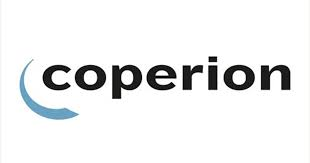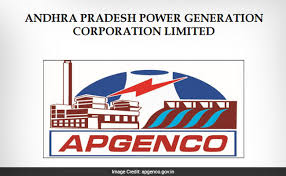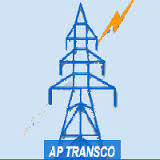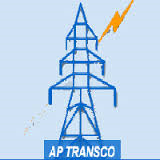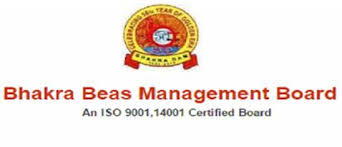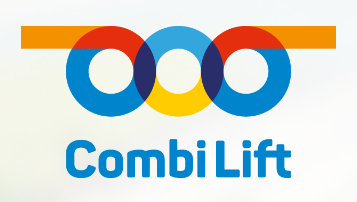Hazard Identification & Risk Assessment
Hazard identification and risk assessment (HIRA) offers numerous benefits for organizations across various industries. Some of the key advantages include:
-
Improved Safety: Perhaps the most significant benefit of HIRA is the enhancement of workplace safety. By systematically identifying hazards and assessing associated risks, organizations can implement effective control measures to minimize or eliminate workplace hazards. This leads to a safer work environment for employees, contractors, visitors, and the public.
-
Accident Prevention: HIRA helps in preventing accidents, injuries, and illnesses by proactively addressing potential risks before they result in harm. By identifying hazards and implementing controls, organizations can reduce the likelihood of incidents occurring, thereby avoiding the associated human suffering, financial losses, and damage to reputation.
-
Legal Compliance: Many jurisdictions require organizations to conduct hazard identification and risk assessments as part of their legal obligations related to occupational health and safety (OHS) regulations. By performing HIRA and implementing necessary controls, organizations can demonstrate compliance with legal requirements, thereby reducing the risk of fines, penalties, and legal liabilities.
-
Cost Savings: Effective HIRA can result in significant cost savings for organizations. By preventing accidents and injuries, organizations can avoid expenses related to medical treatment, workers' compensation claims, litigation costs, and productivity losses associated with absenteeism or downtime. Additionally, implementing controls may also lead to operational efficiencies and reduced insurance premiums.
-
Enhanced Decision-Making: HIRA provides organizations with valuable information about the risks associated with their operations, allowing them to make informed decisions regarding resource allocation, prioritization of safety measures, and risk management strategies. This enables organizations to focus their efforts and resources on areas with the highest potential for harm.
-
Improved Productivity: A safer work environment fosters higher levels of employee morale, satisfaction, and productivity. Employees feel valued and motivated when their safety is prioritized, leading to increased engagement and performance. Furthermore, reduced absenteeism and turnover resulting from fewer accidents and injuries contribute to improved productivity and operational continuity.
-
Continuous Improvement: HIRA is not a one-time activity but rather a continuous process. Regular review and update of hazard identification and risk assessments allow organizations to adapt to changes in the workplace, technology, regulations, and best practices. This fosters a culture of continuous improvement and learning within the organization, leading to ongoing safety enhancements.
-
Reputation and Brand Protection: Demonstrating a commitment to safety through robust hazard identification and risk assessment practices enhances an organization's reputation and brand image. Customers, suppliers, investors, and other stakeholders view safety-conscious organizations more favorably, leading to increased trust, loyalty, and competitiveness in the market.
Overall, hazard identification and risk assessment are fundamental components of effective safety management systems, contributing to the well-being of employees, the sustainability of businesses, and the protection of communities and the environment.
For a free copy of HIRA software send your request by filling the form in this page.

